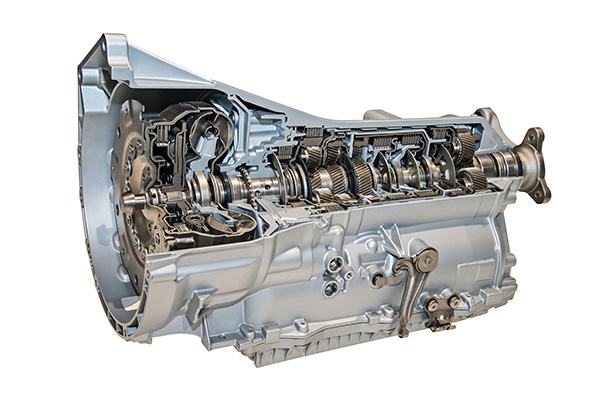
Automatic transmissions have significantly evolved, transitioning from simple designs to sophisticated systems with multiple gears. The quest for improved fuel efficiency, smoother acceleration, and enhanced performance has led to the adoption of transmissions with higher gear counts. But does the proliferation of gears necessarily translate to a superior driving experience?
The Evolution of Automatic Transmissions
Automatic transmissions have evolved considerably, incorporating advancements such as efficient gear ratios, electronic controls, and computerized shifting algorithms. From traditional two or three-speed designs, modern transmissions now boast six, eight, or even ten gears. These advancements have revolutionized transmission technology, offering smoother shifts, better fuel economy, and enhanced driving dynamics.
Advantages of More Gears
Transmissions with higher gear counts excel in keeping the engine within its optimal power band. By dividing gear ratios into smaller increments, they ensure precise power delivery for various driving scenarios. This results in improved acceleration and responsiveness.
Fuel Efficiency
More gears in an automatic transmission contribute to less fuel burn because they can keep the engine operating within its optimal power band more efficiently. Transmissions with higher gear counts allow the engine to operate at lower RPMs during cruising speeds, reducing fuel consumption. The finer control over gear ratios enables the engine to maintain optimal efficiency across a wider range of driving conditions, further minimizing fuel burn.
Enhanced Performance and Driving Dynamics
In addition to fuel efficiency, more gears contribute to enhanced performance and driving dynamics. With a wider range of gear ratios, modern transmissions deliver precise power delivery, facilitating quicker acceleration and smoother shifts. This is particularly helpful in performance-oriented vehicles, where every moment counts on the road or track.
Drawbacks of More Gears:
Despite their benefits, transmissions with higher gear counts come with some drawbacks. Increased complexity and manufacturing costs are common concerns. Moreover, frequent shifting may lead to accelerated wear and tear on transmission components over time. Some drivers may also find the constant shifting less smooth compared to transmissions with fewer gears.
Regular Maintenance is The Key
Regular maintenance is essential for maximizing the benefits of modern automatic transmissions with more gears. By adhering to scheduled maintenance, such as fluid changes and inspections, drivers can ensure that their transmissions operate at peak performance. Addressing potential issues early on prevents unnecessary wear and tear on transmission components, optimizing efficiency and longevity.
Ensure your transmission stays in top condition with Village Transmission & Auto Clinic. Book your maintenance appointment now and enjoy peace of mind knowing your vehicle is in capable hands.